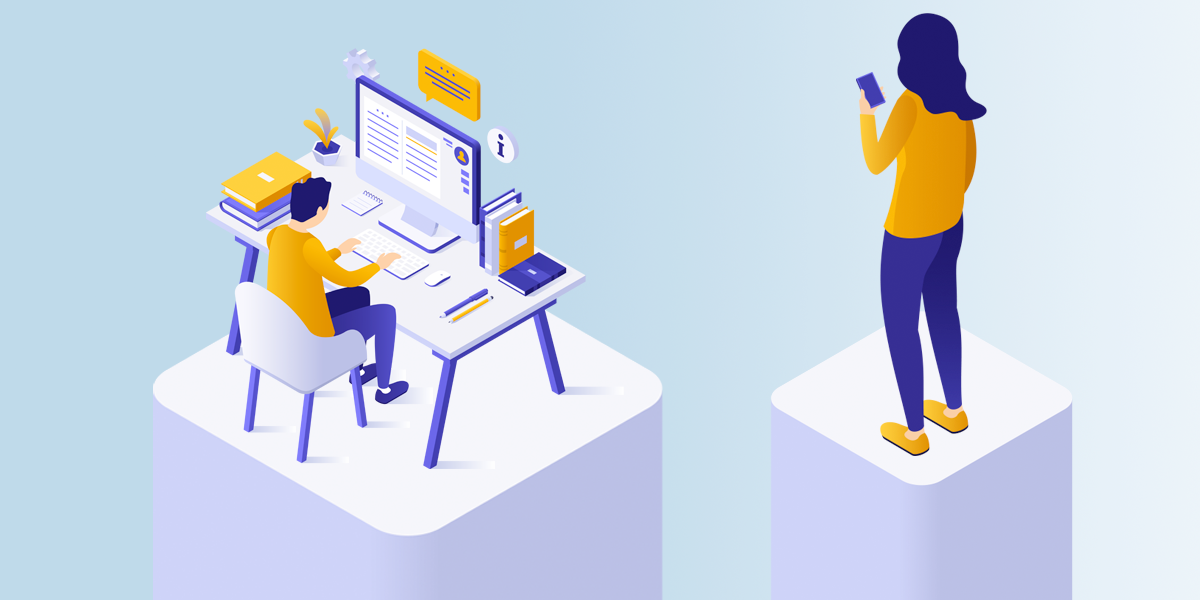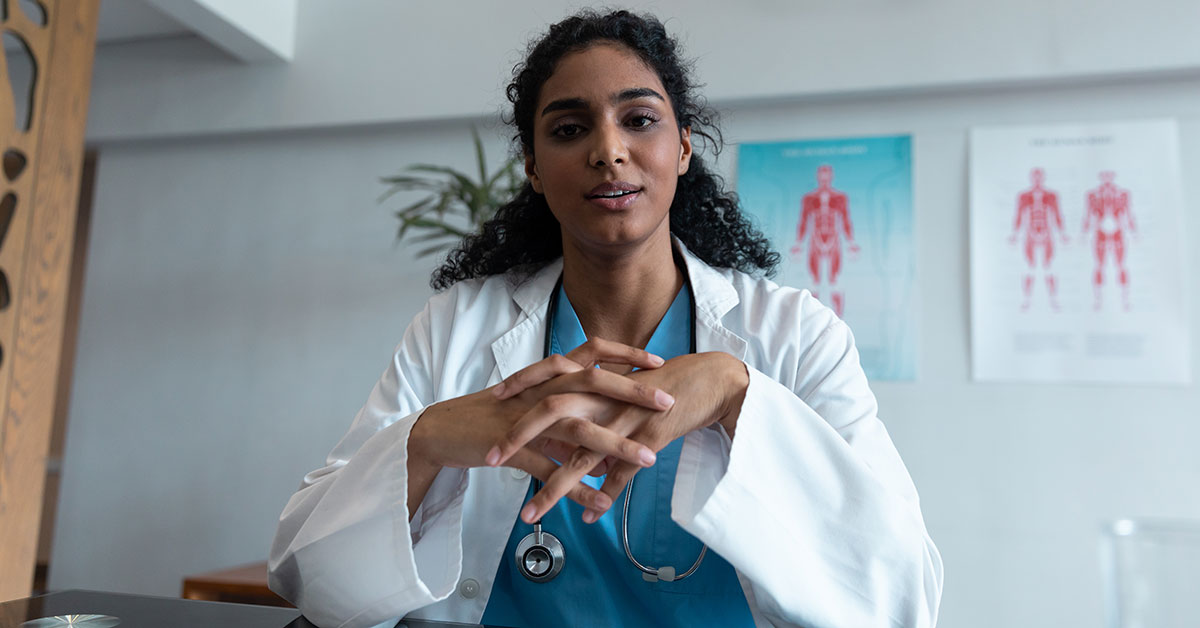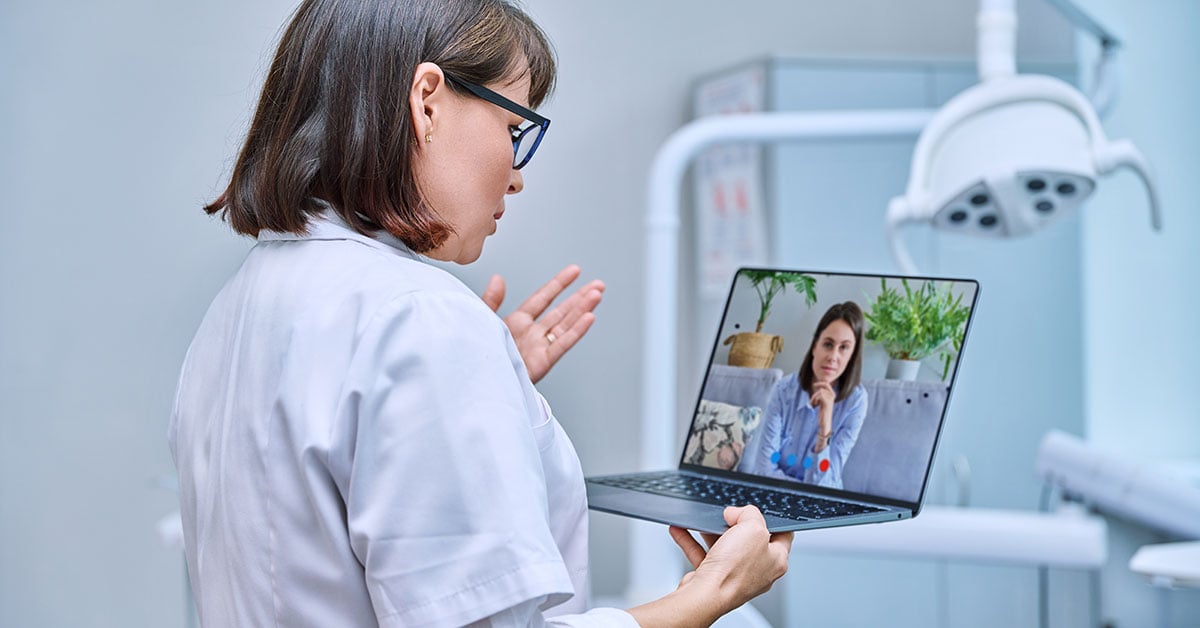Teledentistry Use-Case: Pre-Treatment Consultations to Increase Case Acceptance
Prior to an in-office visit, a combination of synchronous (real-time communication) and asynchronous (non-real-time review of information) teledentistry offers an excellent way to establish rapport with the patient, give the patient information to be an informed buyer, and increase case acceptance once the patient visits the office.

Here is an example of one potential sequence for a clear aligner patient. It need not be limited to clear aligners, though. It might be a general orthodontic consultation, a complex implant case, a denture patient, a cosmetic case, etc. Also, the sequence might vary based on the situation and/or provider preference.
Clear aligner teledentistry case presentation example
The patient calls the office requesting an appointment for a clear aligner assessment. The patient is informed that the first consultation can be done in the convenience of her own home with a teledentistry appointment. The appointment is then scheduled in the teledentistry software. Good teledentistry software will create a secure patient portal when the appointment is made. A confirmation is sent immediately to the patient with a link to the portal. The patient will use the secure portal prior to the scheduled appointment to:
-
Upload a full-face smiling photo and a profile photo (or any photos the dentist desires)
-
View an educational video about the clear aligner treatment process that is shared by the office through the portal
-
Fill out the necessary forms
Prior to the appointment, the software will automatically send reminders to both dentist and patient.
Can the dentist charge for the appointment?
Some dentists will; some dentists will not. Good teledentistry software will allow for both scenarios. If there is a charge, the patient will be required to enter credit card information prior to the appointment.
During the appointment, the dentist will answer any questions and assess whether the patient might be a good candidate for aligners. The dentist may request other information, like additional photos, which the patient can upload securely through the patient portal. The patient is informed that the dentist will prepare a customized treatment proposal, which will include pricing, and send it securely to the patient.

Here is where asynchronous teledentistry communications can be a wonderful solution.
The dentist prepares the proposed treatment plan, and then, attaches it to a short, recorded video of the dentist explaining the proposal. Before and after photos may also be attached along with any other information or documentation the dentist desires. Your teledentistry software should have a "SCHEDULE AN APPOINTMENT" button at the bottom of the proposal that informs the office that the patient is ready to proceed.
By the time the patient presents at the office, the patient already has established a relationship with the dentist, is knowledgeable about the treatment process, and there is no sticker shock regarding the fee. Case acceptance is almost assured.
Again, this approach can be applicable to different case presentation scenarios. It can also follow a different sequence. Perhaps, the dentist may want to send the asynchronous video based solely on the photos and descriptive information prior to the live video consult. This could potentially avoid wasting precious appointment time on those who are simply shopping.
No matter the appointment sequence that is chosen, it is imperative to have good teledentistry software that can support the above workflow, document it, and communicate well to all parties. Click below to learn more about Teledentix, the industry's most comprehensive teledentistry software.
Interested in other Teledentistry use-cases?
 |
 |
 |




